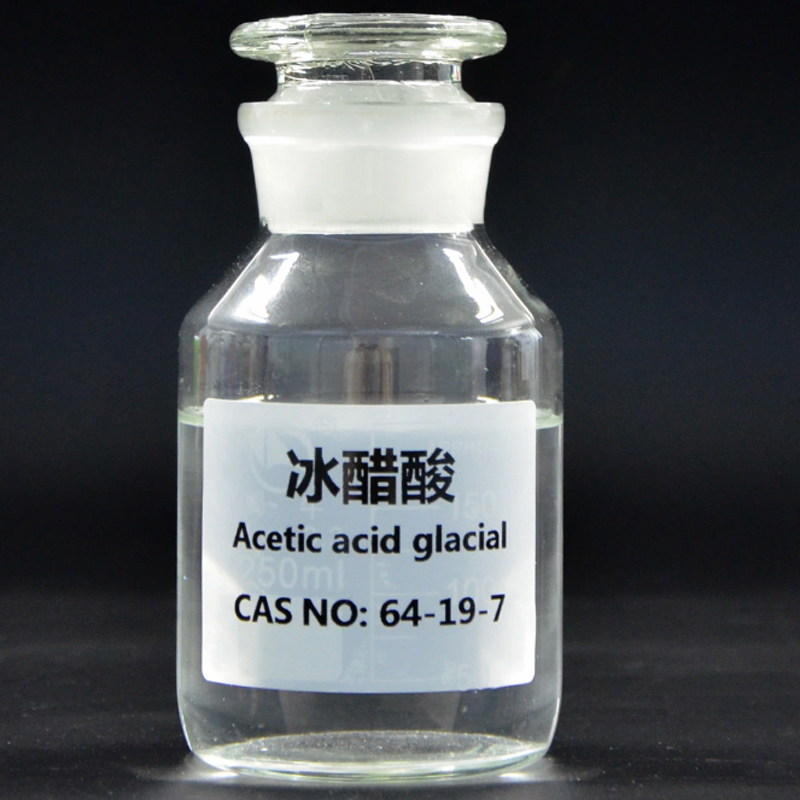Acetic Acid For Industrial Use
Technical Index
| Items | Unit | Standard | Result |
| Appearance |
Colorless transparent liquid |
||
| Purity | % ≥ |
99.8 |
99.8 |
| Chromaticity | Pt-Co | 30 | 10 |
| Moisture | % ≤ | 0.15 | 0.07 |
| Formic Acid | %≤ | 0.05 | 0.003 |
| Acetaldehyde | %≤ | 0.03 | 0.01 |
| Evaporation residue | %≤ | 0.01 | 0.003 |
| Fe | %≤ | 0.00004 | 0.00002 |
| Permanganate-reducing substances | ≥ | 30 | 30 |
Usage
One of the main uses of acetic acid is in the production of acetic anhydride, acetate esters, and cellulose acetate. These derivatives are widely used in the coatings industry and help in the development of high-quality, durable coatings. Acetic anhydride is an important ingredient in the production of wood preservatives, while cellulose acetate is used in the manufacture of paints, primers and varnishes. By adopting acetate-based products, industries can improve the effectiveness, longevity and overall appeal of their coating applications.
Furthermore, acetic acid is widely used in the production of acetates. Acetate has a wide range of applications including use as a solvent in the manufacture of various chemicals, especially in the pharmaceutical and fine chemical industries. In addition, it can be used as a raw material in the production of adhesives, coatings and plastics. Acetate products are known for their high purity, stability and versatility, making them an excellent choice for a variety of industrial needs.
In addition to these applications, acetic acid is an important ingredient in analytical reagents, organic synthesis, and the synthesis of pigments and pharmaceuticals. Its properties enable it to facilitate various chemical reactions and synthetic processes. It helps produce pigments used in paints, inks and dyes, giving them vibrant and long-lasting colours. Furthermore, acetic acid is used in drug synthesis and plays a vital role in the development of drugs that improve the quality of life of individuals across the globe.
In conclusion, acetic acid is a valuable organic compound with a place in numerous industries. Its applications range from the production of acetic anhydride, acetates and cellulose acetates for the paint industry to analytical reagents, organic synthesis and the synthesis of pigments and pharmaceuticals. With its diverse properties and functions, acetic acid proves to be an important ingredient for businesses looking to enhance their products and processes. However, it is important to handle acetic acid with care because it is corrosive and potentially irritant.













